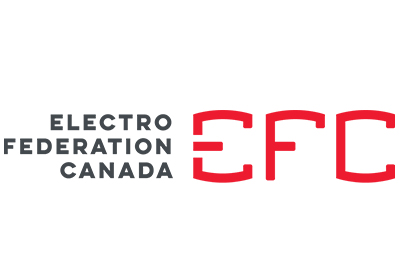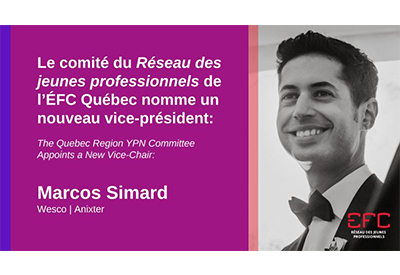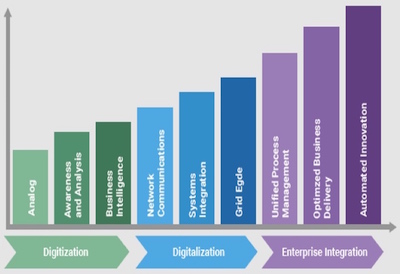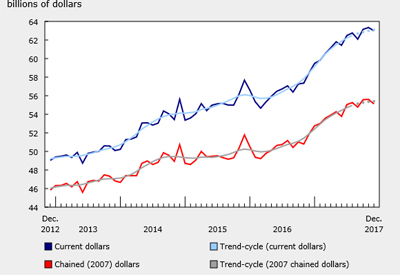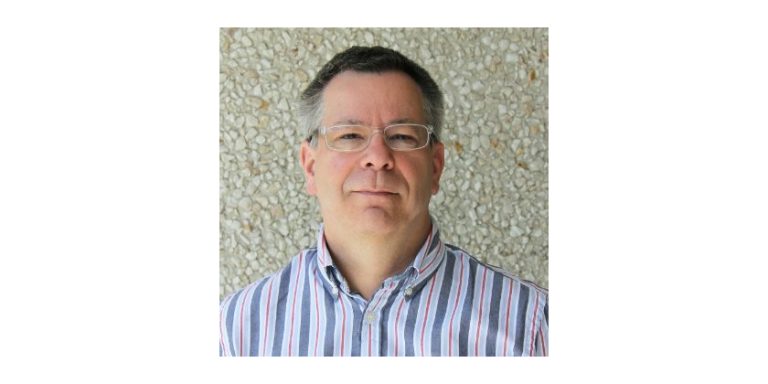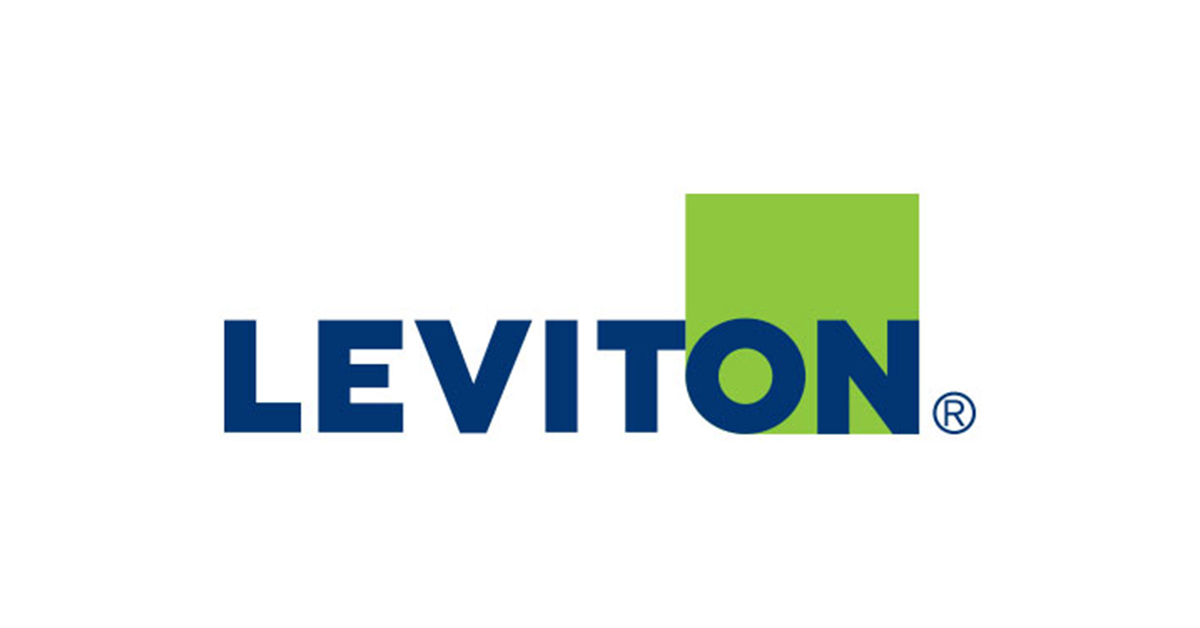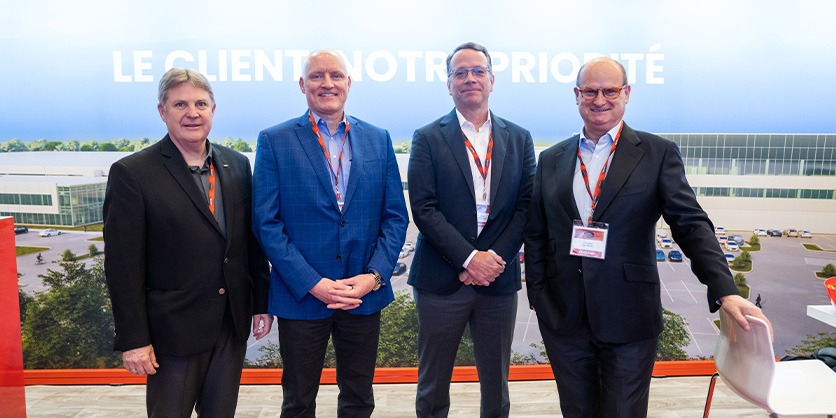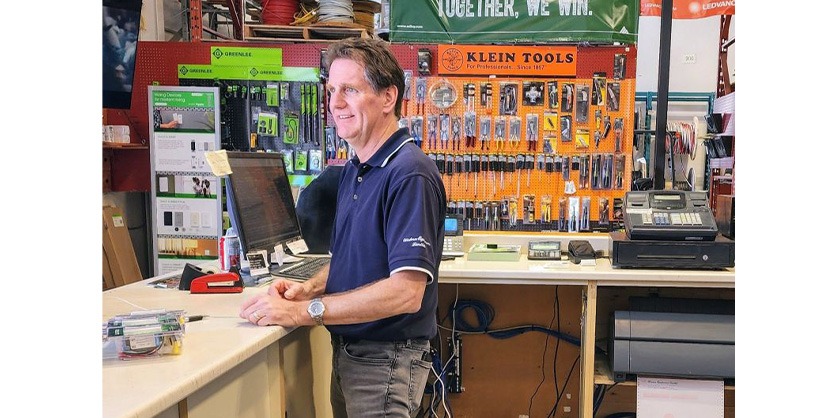When Is a Light Not a Light?

May 9, 2019
By Rick McCarten
Energy efficiency only leads to a greater use of energy.
I’ve mentioned this theory before, first discovered by James Watt, the inventor of the steam engine. Every time Watt refined his steam engine, he extended its use to new applications. The more efficient your energy use becomes, the more practical it becomes to expand its use. The more you use it, despite its improved efficiency, the more energy you will consume.
I recently discovered a lighting application that proves this point.
I parked at Toronto’s Pearson Airport for a quick visit to Montreal. The parking garage is now outfitted with sensors and lights above each aisle. Each light faces one parking space on either side of the aisle (two spaces per light). With sensors on the light, this technology monitors the parking spaces. If both spaces have cars parked, the light turns red. If one or both spaces are empty, the light is green.
Drivers can quickly look down an aisle and see vacancy. Plus, the information can be centralized by floor and for the entire garage. Very helpful and time saving, and best of all it needs no explanation, doesn’t come with a manual.
What excites me most about this is, with new technology we are finding new applications. The lights don’t help “light up” the garage; their application is strictly for information. The garage was already adequately lit. These lights were set up for a new purpose: to quickly inform the driver about vacant parking — and for the airport authority to monitor occupancy.
The garage has eight floors, likely close to 2,000 parking spots per floor. That is over 8,000 lights, plus wiring and systems set up for something that would not have been feasible 3 or 4 years ago.
Why now? LED prices are considerably lower, as are sensors, and their reliability has improved. No one could afford to install incandescent lights as indicators. Just the replacement costs alone would not make it practical. New technology disrupts the older ways of doing things, but brings with it new applications.
If the theory on energy efficiency holds true, there will be many more uses for LEDs. Our industry benefited from replacing bulbs; LEDs disrupted that business, but new opportunities will far exceed the older business model.
So, when is a light not a light? When we apply our imagination to the new technology.
Rick McCarten is VP, Operations, Electro-Federation Canada.

